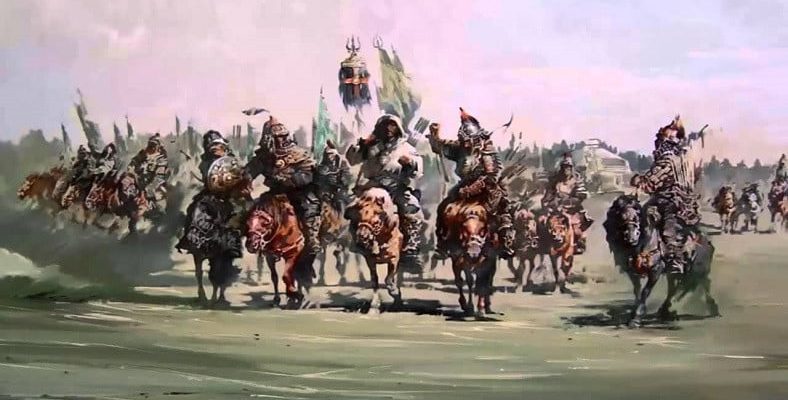Although the Battle of Kösedağ, which took place in Anatolia between the Anatolian Seljuk State and the Mongol Empire in the 13th century, was short-lived, its effects were evident for many years. Let’s see in full detail where the Battle of Kösedağ took place, its importance and consequences.
During the period when the Ottoman Empire did not yet dominate the Anatolia and Rumelia regions, there was great chaos, especially in the east. The Mongol Empire was experiencing one of its fastest times and was advancing towards the heart of Anatolia. Finally the expected happened and The Anatolian Seljuk State and the Mongols faced each other in the Battle of Kösedağ. They fought a battle whose effects lasted a long time.
After the Turks suffered a simple defeat in the Battle of Kösedağ, the Mongol advance in Anatolia accelerated. The reason it was such a simple defeat is because They were inexperienced statesmen on the Seljuk side. It would take many years for the Mongols, who easily destroyed the first wall they encountered, to be cleared from Anatolian lands. Bride Battle of Kösedağ Let’s take a closer look at what happened before, what happened during the war, its consequences and its importance.
The Mongols actually stayed away from Islamic states for many years:
In the early years of the 13th century, during the reign of Alaeddin Muhammad, the ruler of Khwarazmshah, it did not attack the Islamic states for a long time. Mongols changed strategy They prepared the end of the Khwarezmshah state by taking the Samarkand, Bukhara and Otrar regions. After the death of Genghis Khan, his son Ögeday took over and continued on the path his father had taken the first step.
During this period, after the Battle of Yassıçemen with the Seljuks, the Khwarezmshahs were completely weakened. Son of Alaeddin Muhammad Even if Celaleddin Harzemşah resisted On the other hand, it could not escape the rapidly increasing Mongol invasion. Finally, it happened and the Mongols got closer to Anatolia and had a common border with the Anatolian Seljuk State.
These were very difficult times for the Seljuks:
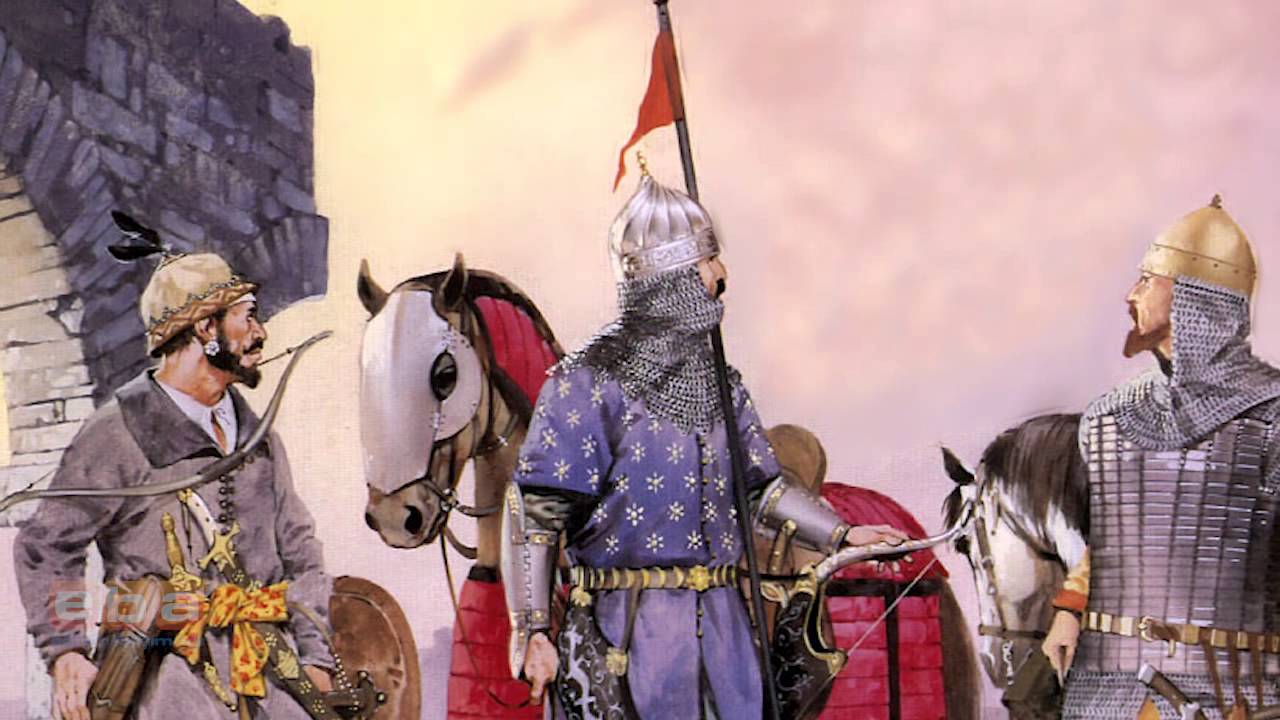
The Anatolian Seljuk State was not at its former strength, so the Mongols could not stop. such as Ahlat, Diyarbakır, Malatya, Harput and Silvan. Seljuk cities were plundered but Alaeddin Keykubad I could not respond to these attacks. He even had to ask for peace during the war with the Georgian Kingdom during this period.
Alaeddin Keykubad I had just ascended the throne and the state administration was in the hands of incompetent bureaucrats. Because Although it was the best period of the state Incompatibilities between the administration and the sultan caused numerous expeditions to fail. Then, in 1237, II., who was only 16 years old, ascended to the throne. Gıyaseddin Keyhüsrev came out and things got worse.
II. Since Gıyaseddin Keyhüsrev was a sultan who was not interested in state affairs, Sadeddin Dog was running the affairs. The Babai Revolt in 1240 was barely suppressed and the Seljuk soldiers were thoroughly fed up. The Mongol invasion had now become a real threat.
Things broke with the Mongols plundering Erzurum:
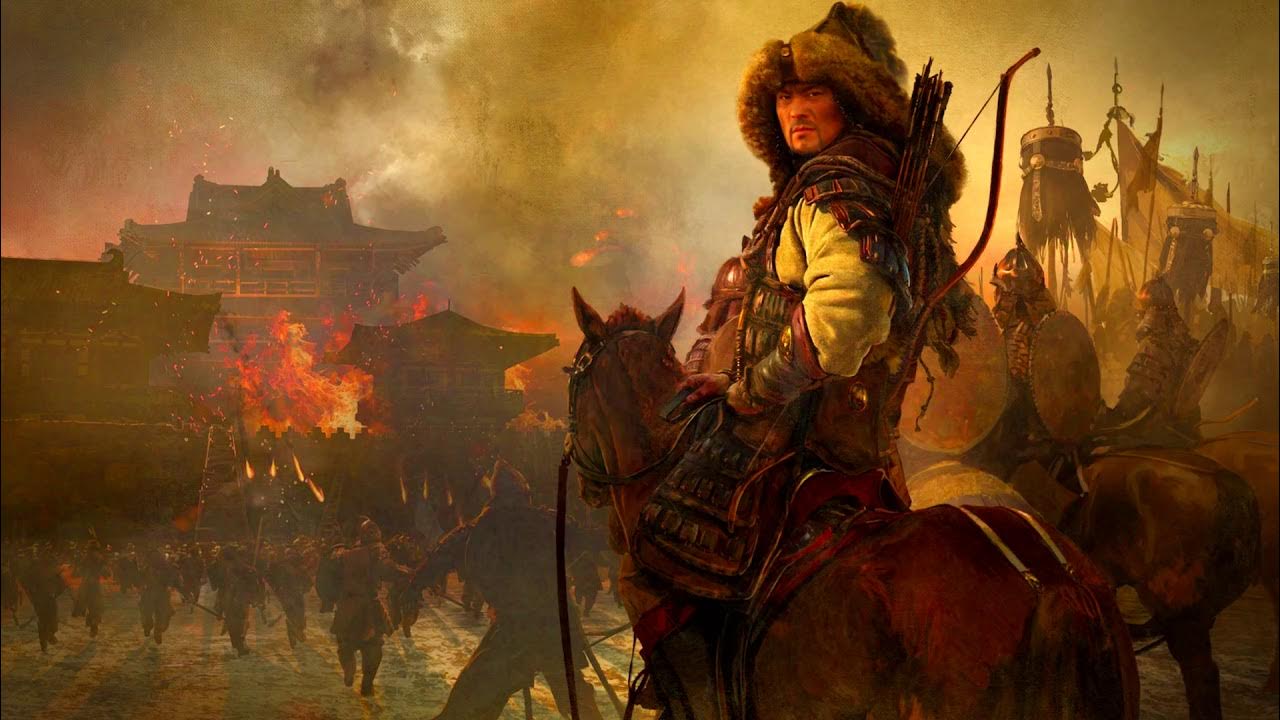
Mongols frequently attacked and plundered Seljuk cities, but these did not cause much repercussion. Then they entered Erzurum. The whole city was destroyed, burned and looted. According to what was said, piles of corpses formed around the city. Thereupon II. Gıyaseddin Keyhüsrev held a meeting and decided to go to war.
Envoys would be sent to the Nicaea Empire, the Armenian Kingdom of Cilicia, the Artuqids and the Ayyubids for the war, and support would be requested. Money and military support would be received from all regions affiliated with the Seljuks. In addition to all these, mercenaries would be used. However, the Seljuks were no longer in the same power and it was unknown whether the desired support would come.
Finally, the Battle of Kösedağ began:
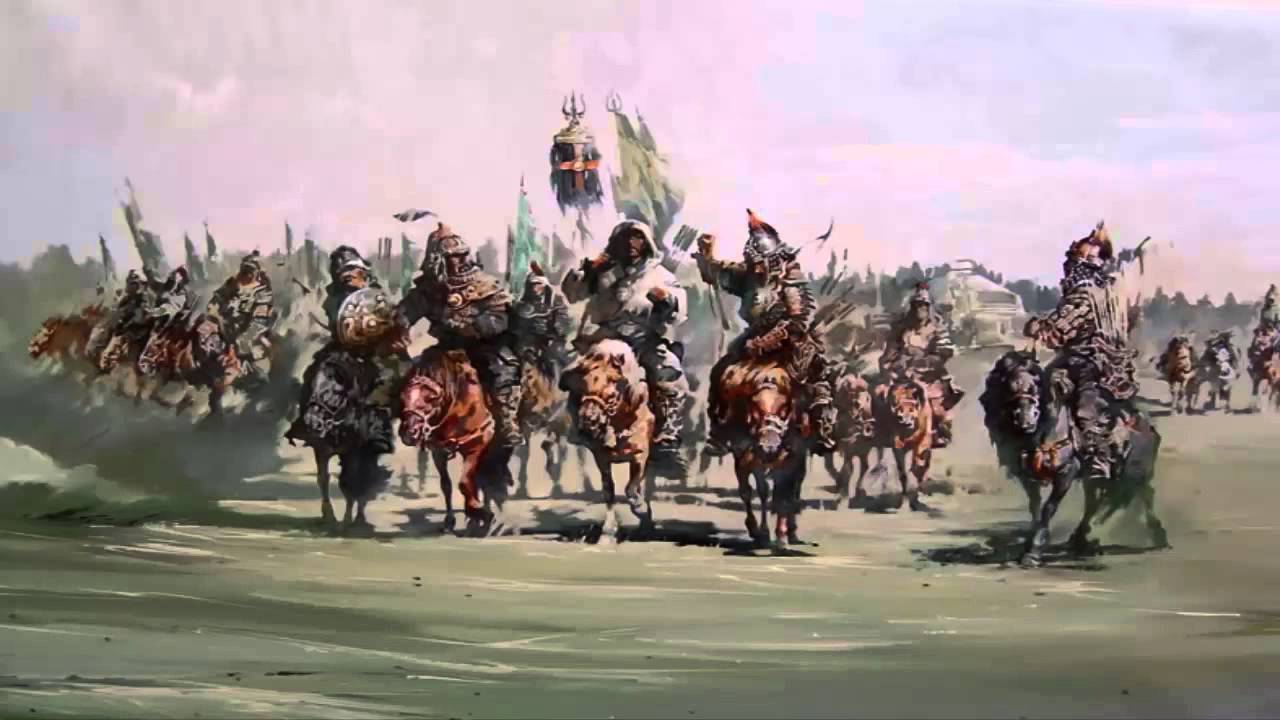
Actually, it was planned to welcome the Mongols in Sivas, but some statesmen said that the Kösedağ region was more suitable. It was the wrong decision. According to some sources, the leading forces of the two armies faced each other on July 1, 1243, and according to some sources, on July 3. 120 thousand people of the Mongolian army and 40 thousand people of the pioneers; It is said that the Seljuk army numbered 70 thousand people and its pioneers numbered 10 thousand people, but many different figures are also mentioned in the sources.
The Mongol vanguards attacked so fiercely that the Seljuk vanguards were wiped out within a few hours. II. Gıyaseddin Keyhüsrev was horrified and He fled to Tokat with his army. The Mongols waited for two days, thinking there was something involved in this. When they advanced again, they found an empty camp and seized the spoils left behind as if they were their own hands.
After the Battle of Kösedağ, Anatolia turned into a paradise of plunder for the Mongols:
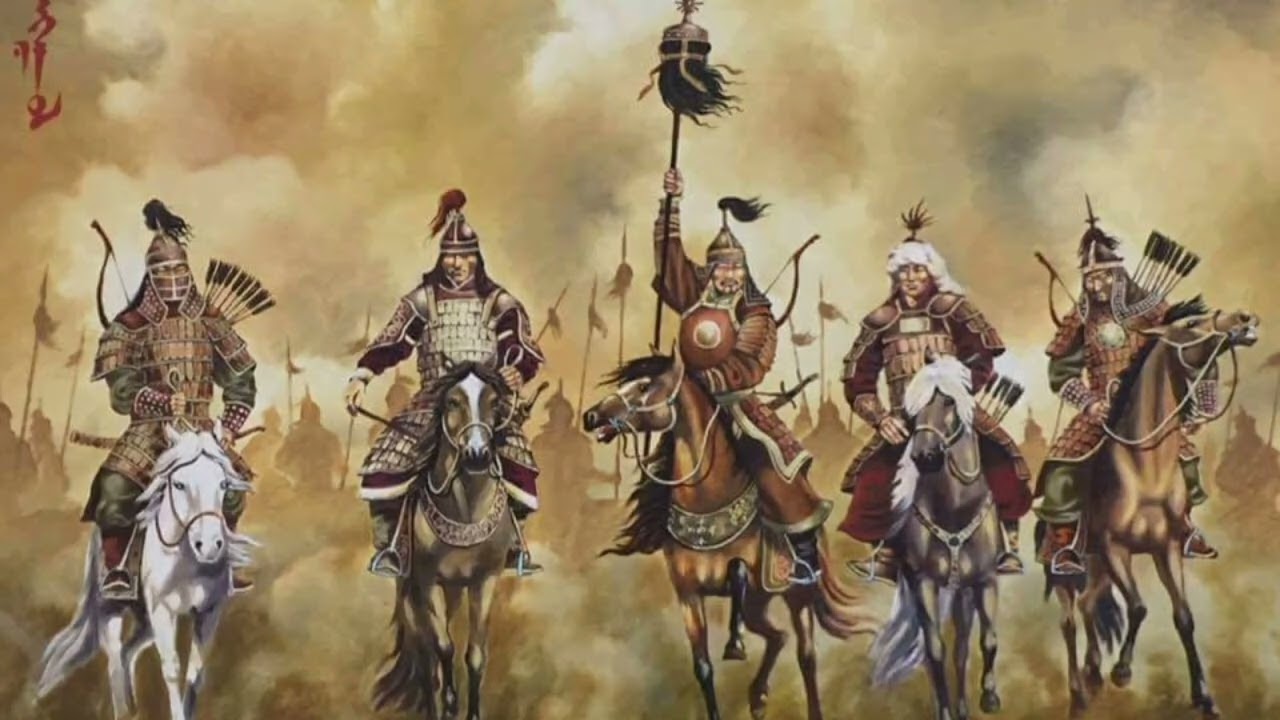
When the Mongol army entered the empty camp, it was said that they captured 300 camels’ worth of gold, 3,000 mules’ worth of valuables, 40 carts’ worth of armor and a large amount of food. Of course, they immediately captured Sivas and then Kayseri. II. Gıyaseddin Keyhüsrev was so afraid of this situation that he He did not feel comfortable even in Tokat and retreated to the Aegean region.
It is surprising that the Mongols advanced so quickly, because Sivas had a population of more than 100 thousand at that time, but it surrendered immediately. Even though the people of Kayseri resisted, they could not escape the plunder. When the people of Erzincan rejected the tribute offer, they were destroyed, burned and plundered with catapults. When there was nothing left to plunder, the Mongol army returned to the Azerbaijan region.
As a result of the Battle of Kösedağ, the Seljuks were now under Mongol rule:
The most striking result of the Battle of Kösedağ is that the Anatolian Seljuk State came under Mongol rule. Between Anatolian Seljuk Vizier Mühezzibüddin Ali and Baycu Noyan in Mugan Plain A peace treaty was signed, according to which the Seljuks agreed to give 3.6 million dirhams, 10 thousand sheep, a thousand cattle and a thousand camels to the Mongols every year. In other words, the Battle of Kösedağ was a real failure for the Anatolian Seljuk State. What is more interesting is that Mühezzibüddin Ali was welcomed as if he were a hero.
Let’s take a look at the results of the Battle of Kösedağ in bullet points:
- The Anatolian Seljuk State started paying annual taxes to the Mongol Empire.
- The Anatolian Seljuk State entered the process of collapse.
- Anatolia came under the rule of the Mongols.
- The fuse of new rebellions was ignited in Anatolia.
- The general order was disrupted due to Mongol plunder.
- As the Turkish unity broke down in Anatolia, new principalities began to be established.
- The arrival of Turkmens escaping from the Mongols in Asia to Anatolia accelerated.
Okay, but what is the importance of the Battle of Kösedağ?
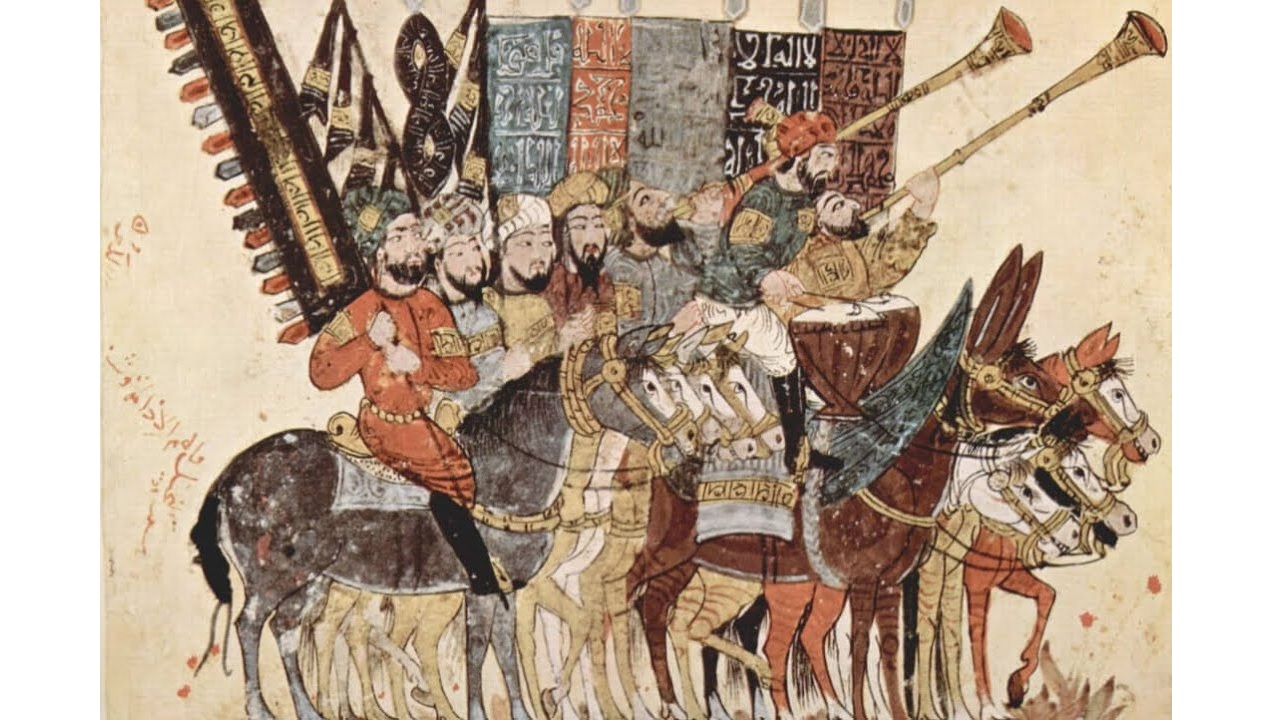
The Anatolian Seljuk State was established immediately after the Turks entered Anatolia and was actually Turkish people now exist in Anatolian lands announced to seven worlds. It was the Battle of Kösedağ that started the process of collapse of the state, which had become stronger over the centuries. Moreover, the fact that this defeat was so simple has destroyed the reputation of the state.
The disintegration period of the Anatolian Seljuk State, which collapsed in 1308, started with the Battle of Kösedağ. While the Mongol attacks continued unabated Numerous rebellions broke out in the state that was no longer powerful. When we look at it from another perspective, with the collapse of the Anatolian Seljuk State, a Mongol domination began in Anatolian lands.
The conflict between the Anatolian Seljuk State and the Mongols in the 13th century Talking about the importance and results of the Battle of Kösedağ We have briefly explained the important details you need to know. How sad it is that such a great state came to an end like this.
You can check out similar content here:
RELATED NEWS
The Story and Importance of the Battle of Dandanakan, Which Closely Affects Turkish History and Leads to the Official Establishment of the Seljuk State
RELATED NEWS
